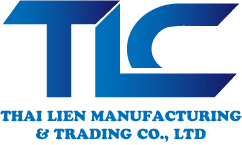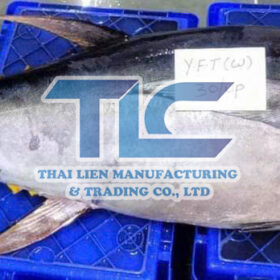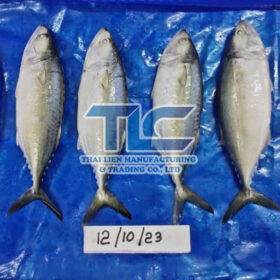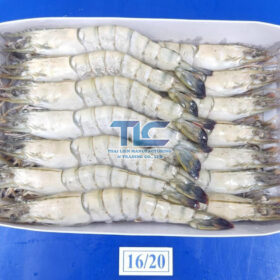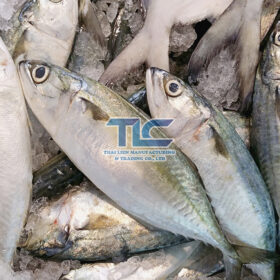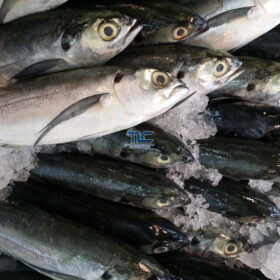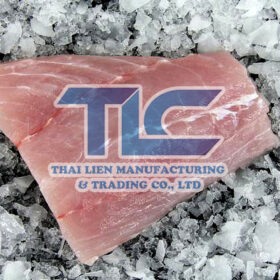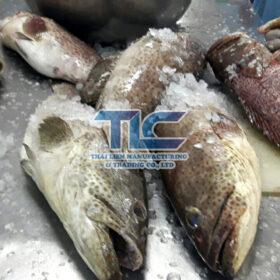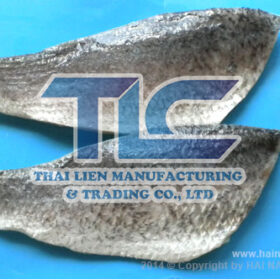Unlocking the Potential: Insights into the Anticipated Frozen Seafood Export Market in Vietnam for 2024
Introduction
In the dynamic landscape of global trade, Vietnam’s frozen seafood export market stands as a beacon of potential and opportunity. As we look ahead to 2024, it’s essential to delve into the anticipated trends and developments shaping this vital sector of Vietnam’s economy. From evolving consumer preferences to regulatory changes and technological advancements, understanding the intricacies of this market is crucial for stakeholders seeking to navigate and capitalize on its growth trajectory.
Exploring the Current Landscape
Current State of Frozen Seafood Exports in Vietnam
Vietnam has long been recognized as a significant player in the global seafood trade, leveraging its abundant marine resources and strategic geographic location. In recent years, the country’s frozen seafood exports have witnessed steady growth, driven by increasing demand from key international markets such as the United States, Japan, and the European Union.
Key Challenges and Opportunities
Despite its promising growth, Vietnam’s frozen seafood export industry faces several challenges, including stringent quality standards, competition from other seafood-producing nations, and logistical constraints. However, amidst these challenges lie ample opportunities for innovation, diversification, and market expansion.
Anticipated Trends for 2024
Embracing Sustainable Practices
In line with global sustainability initiatives, the seafood industry in Vietnam is expected to prioritize environmentally friendly practices such as responsible fishing methods, aquaculture management, and waste reduction. By embracing sustainability, exporters can enhance their market appeal and meet the growing demand for eco-conscious products.
Technological Integration
The adoption of advanced technologies, including blockchain, IoT (Internet of Things), and AI (Artificial Intelligence), is poised to revolutionize the seafood supply chain in Vietnam. These technologies offer unprecedented transparency, traceability, and efficiency, enabling stakeholders to optimize processes, mitigate risks, and ensure product quality and safety.
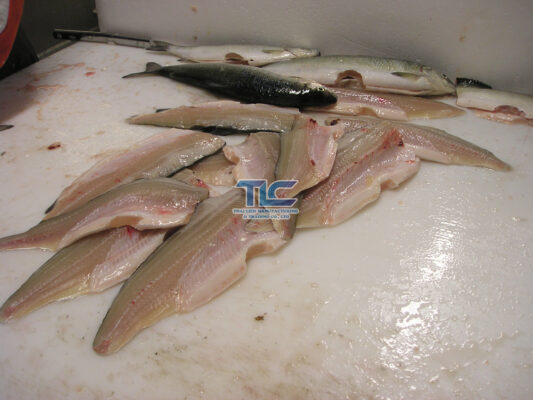
Market Diversification
To mitigate risks associated with overreliance on traditional markets, Vietnamese exporters are expected to explore new geographies and emerging markets. By diversifying their export destinations, companies can reduce vulnerability to external shocks and capitalize on untapped opportunities in regions experiencing rising demand for frozen seafood products.
Product Innovation
In response to evolving consumer preferences and dietary trends, Vietnamese seafood exporters are anticipated to invest in product innovation, including value-added products, convenience foods, and healthier alternatives. By offering innovative and differentiated products, companies can stay ahead of the competition and cater to changing consumer needs.
Regulatory Compliance
As international food safety and quality standards continue to evolve, compliance with regulations and certifications will remain paramount for Vietnamese exporters. By ensuring adherence to regulatory requirements, companies can enhance consumer trust, access new markets, and mitigate reputational risks associated with non-compliance.
Leveraging Growth Strategies
Collaborative Partnerships
Collaboration across the seafood value chain, including fishermen, processors, distributors, and government agencies, is essential for fostering innovation, improving efficiency, and ensuring market access. By forging strategic partnerships, stakeholders can leverage synergies, share resources, and collectively address industry challenges.
Investment in Infrastructure
Investment in modern infrastructure, including cold storage facilities, transportation networks, and processing capabilities, is critical for enhancing the competitiveness of Vietnam’s frozen seafood export industry. By upgrading infrastructure, companies can optimize supply chain efficiency, reduce wastage, and meet the stringent requirements of global markets.
Market Intelligence and Research
In an era of rapid change and uncertainty, access to timely and accurate market intelligence is indispensable for informed decision-making. Vietnamese exporters must invest in market research, data analytics, and consumer insights to identify emerging trends, assess competitive dynamics, and capitalize on growth opportunities.
Brand Building and Marketing
Building a strong brand presence and implementing effective marketing strategies is essential for creating differentiation and driving demand for Vietnamese seafood products. From digital marketing campaigns to participation in international trade shows, exporters must leverage various channels to enhance brand visibility and attract discerning consumers.
FAQs (Frequently Asked Questions)
- What are the main challenges facing Vietnam’s frozen seafood export industry? Vietnam’s frozen seafood export industry faces challenges such as stringent quality standards, competition from other seafood-producing nations, and logistical constraints. However, these challenges also present opportunities for innovation and market diversification.
- How can Vietnamese exporters ensure compliance with international regulations? Vietnamese exporters can ensure compliance with international regulations by investing in quality assurance processes, obtaining relevant certifications, and staying abreast of evolving regulatory requirements in target markets.
- What role does sustainability play in Vietnam’s seafood export market? Sustainability is increasingly important in Vietnam’s seafood export market, with consumers and stakeholders demanding environmentally friendly practices such as responsible fishing methods and aquaculture management.
- How can technology improve efficiency in the seafood supply chain? Technology such as blockchain, IoT, and AI can improve efficiency in the seafood supply chain by providing transparency, traceability, and real-time monitoring of processes from production to distribution.
- What are some emerging markets for Vietnam’s frozen seafood exports? Emerging markets for Vietnam’s frozen seafood exports include regions experiencing rising demand for seafood products, such as Southeast Asia, the Middle East, and Africa.
- How can Vietnamese exporters differentiate their products in the global market? Vietnamese exporters can differentiate their products by investing in innovation, offering value-added products, and catering to evolving consumer preferences for convenience, health, and sustainability.
Conclusion
As Vietnam’s frozen seafood export industry continues to evolve, stakeholders must remain agile, innovative, and responsive to emerging trends and opportunities. By embracing sustainability, leveraging technology, diversifying markets, and prioritizing quality and compliance, Vietnamese exporters can position themselves for sustained success in the dynamic global marketplace.
